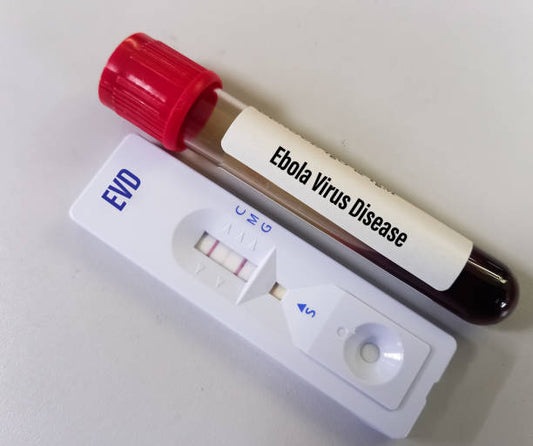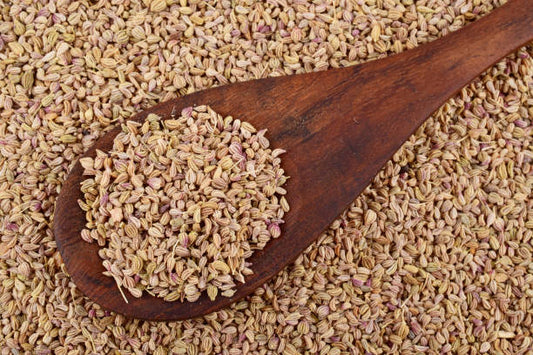Nightfall, also known as nocturnal emission or wet dream, is a natural physiological occurrence that typically happens during sleep, involving ejaculation for males. While it is a normal part of sexual development, variations in frequency can lead to questions and concerns. In this blog, we delve into the frequency of nightfall, what's considered normal, and when seeking advice may be beneficial.
What is Nightfall?
Nightfall is the spontaneous release of semen during sleep, usually accompanied by sexual dreams. It is a common and natural part of male sexual development, often starting during adolescence.
Normal Frequency of Nightfall:
-
Adolescence: During puberty, hormonal changes may lead to more frequent nightfalls. It's common for young males to experience nightfall multiple times a week.
-
Adulthood: As males age, the frequency of nightfall typically decreases. In adulthood, having occasional nightfalls, such as once or twice a month, is considered normal.
Factors Influencing Frequency:
Several factors can influence the frequency of nightfall, including: ;
-
Hormonal Changes: Fluctuations in testosterone levels, especially during adolescence.
-
Sexual Activity: Regular sexual activity, whether through masturbation or intercourse, may influence the frequency of nightfall.
-
Stress and Anxiety: Emotional factors, such as stress or anxiety, can affect the occurrence of nightfall.
When to Seek Advice:
While nightfall is generally considered normal, there are instances where seeking advice from a healthcare professional is advisable:
-
Sudden Changes: If there is a sudden increase or decrease in the frequency of nightfall, it's worth discussing with a healthcare provider.
-
Persistent Distress: If nightfall causes persistent distress, anxiety, or negatively impacts daily life, professional advice can be helpful.
-
Pain or Discomfort: If there is pain, discomfort, or other physical symptoms associated with nightfall, medical consultation is recommended.
-
Infrequent or Absent Nightfall: In some cases, an individual may be concerned about the infrequency or absence of nightfall. Consulting a healthcare provider can provide reassurance and address concerns.
Medical Evaluation:
During a medical evaluation, a healthcare provider may:
-
Discuss Medical History: Understanding the individual's overall health and sexual history.
-
Conduct Physical Examination: A physical examination may be performed to assess any underlying issues.
-
Hormonal Testing: In some cases, hormonal testing may be recommended to assess hormone levels.
-
Address Psychological Factors: If stress or psychological factors are suspected, counseling or therapy may be suggested.
Conclusion:
Nightfall is a natural and often temporary part of male sexual development. Understanding the normal range of frequency and recognizing when to seek advice ensures a balanced approach to sexual health. Open communication with healthcare providers can address concerns, provide guidance, and contribute to overall well-being.
Author: Nikita Vishnoi BCA












